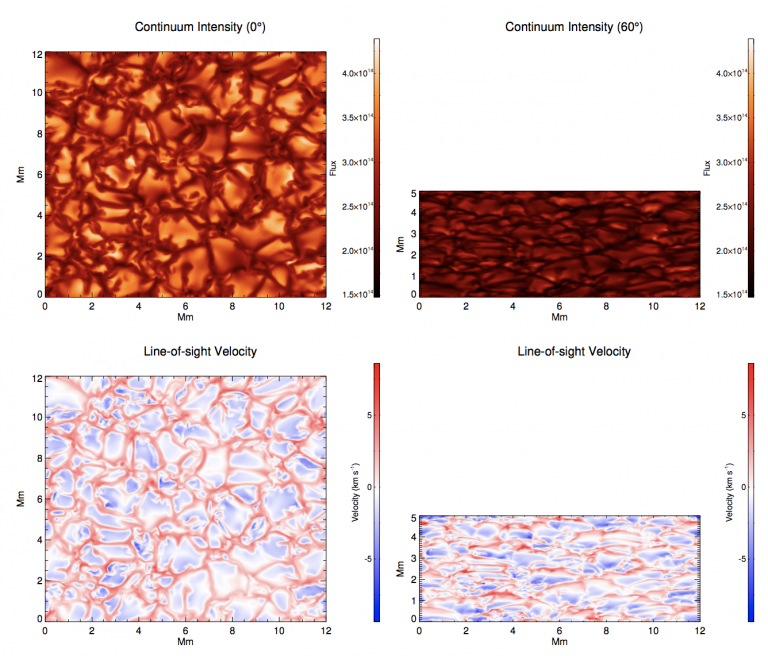At https://astrobites.org/2018/09/17/over_luminous_brown_dwarf/ … the curious case of the over luminous brown dwarf. It is theorised brown dwarfs form secondarily to main sequence stars. A gas cloud collapses, heats up, and ignites. However, brown dwarfs, the theory supposes, do not have enough mass to start forming hydrogen as in a star (and instead they form deuterium). Over time they cool off – and fade away. The brown dwarf in question is 16 times brighter than expected by the model (theory). Hence, astronomers are looking for reasons why. Are the models created by the theory in error?
At https://cosmosmagazine.com/space/faster-than-light-detection-following-c… … jets moving super fast (faster than light) are an optical illusion we are told – the latest idea to explain the brightest energy explosion in the universe. The cosmic collision seen in both gravitational waves and light also produced jets that travel four times faster than light itself. A paradox. These jets are short gamma ray bursts.
At https://phys.org/print456389425.html … the slowest spinning pulsar detected by astronomers. Extra terrestrial sources of radiation with a regular periodicity are known as pulsars. They are usually detected by short bursts of radio emissions. They are thought to be highly magnetised, regularly rotating neutron stars with a light house like beam of radiation that produces the pulsed emissions. Researchers at Jodrell Bank have found a new radio pulsar with a long spin period.
At https://astrobites.org/2018/09/18/the-tortoise-and-the-star/ … the star in question is our Sun – why does it vary over time. It is moving much faster than the theory allows, once again. The Milky Way on the other hand is quite slow in comparison. What causes the Sun to slow is twofold we are told. The planets pull on the Sun, slowing it down, but the biggest pull may be on the surface of the Sun, which is a bubbling boiling mass – hot granules of plasma bubble up to the surface and when they cool they sink back down again. The upper layers of the Sun reverberate, expanding and contracting with the bubbling host ….
 …. granules on the Sun.
…. granules on the Sun.
